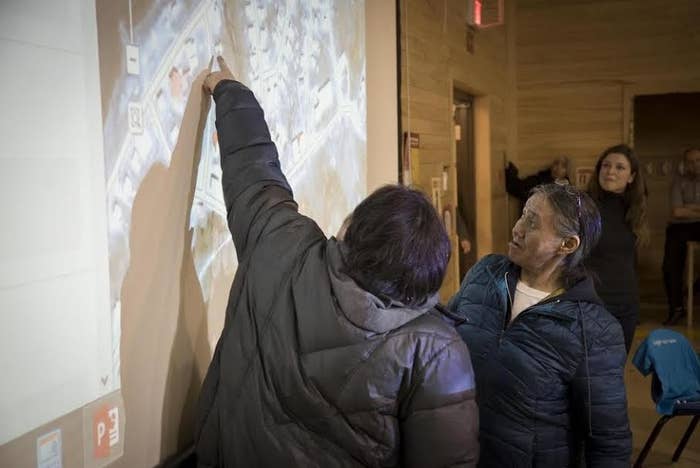
Google announced on Wednesday — National Aboriginal Day — that more than 3,000 Indigenous lands and communities are now included on Google Maps and Google Earth.
Tara Rush, a Google employee who is Kanien'kehá:ka from Akwesasne, said in a blog post that the mapping was a collaborative process that took seven years to complete.
"This marks an essential step in accurately reflecting Canada to Canadians and to the world," Rush wrote.
The company says it worked with Indigenous people across Canada to map communities. A persistent question that came up was why First Nations, Métis, and Inuit lands were not already on Maps and Earth. Now, people searching for a specific Indigenous nation or its territory can see its location and boundaries.
For example, here's the Stony Plain 135 Cree nation in Alberta, outlined in red.

This map shows Kahnawake Mohawk territory near Montreal.

And here's what a search for Gwich'in Lands brings up.
“One of the first things most people do when they look at a map is they want to know where their home is. So before they’d say, ‘I know my home is here somewhere, but it doesn’t show up,’” Steven DeRoy, a cartographer who worked with Google on the project, told the Financial Post.
“This project has been a real asset to communities because now when people look for their home on Google Maps they’ll actually see it, from an indigenous perspective,” he said.
